Sotheby's Sale of Old Master Paintings and Sculpture in New York on January
Frans Hals, Portrait of a Man Holding Gloves, 1637, est.. $8/12 million. ©Sotheby’s
NEW YORK.- Sotheby’s sale of Important Old Master Paintings and Sculpture in New York on January 29 & 30, 2009 will feature works by many of the most important masters of the 15th-18th centuries including Turner, Hals, Titian, Goya, Canaletto, Brueghel, Cranach, Guercino, Reni, Ruysdael, Carracci, Bosschaert, Gerard, Claude, and others. A selection of highlights will be exhibited in Los Angeles in early 2009 before going on view in New York beginning January 24th.
Important Old Master Paintings – January 29, 2009
Frans Hals, Portrait of a Woman Holding a Handkerchief, 1637, est. $7/9 million. ©Sotheby’s
Among the highlights of the outstanding offering is a pair of paintings by the Dutch master Frans Hals. The Portrait of a Man Holding Gloves (est. $8/12 million) and The Portrait of a Woman Holding a Handkerchief (est. $7/9 million) reveal the artist at the height of his powers. Hals dates both pictures 1637 and lists the age of the sitters as 37 and 36, respectively. Although Hals's early works were all conceived in bright colors and remarkably free brushwork, by the middle of the 1630s, fashions had changed. Hals's treatment of the present works epitomizes the new feeling of restraint. Although he restricts himself to a very limited palette, Hals has created here an almost infinite variety of tone and color. The subjects are each set against a neutral, undefined background. A strong light comes in from the left, shining on the man's broad forehead and the woman's rosy cheeks. His sympathy for them and his skill is such that we feel we know this man and woman very well, though we do not even know their names. They are a well-to-do burgher couple, modest in their dress but with an underlying confidence that is apparent in their expressions, their gestures and their very posture. It is also the remarkable condition of The Portrait of a Man Holding Gloves and The Portrait of a Woman Holding a Handkerchief that allows us to appreciate the texture and variety of Hals's brushstrokes and the extraordinarily subtle range of his palette.
Joseph Mallord William Turner, The Temple of Jupiter Panellenius, Painted 1814-16, Est. $12/16 million. ©Sotheby’s
A magnificent work by Joseph Mallord William Turner, The Temple of Jupiter Panellenius – is one of the most important oil paintings by the artist remaining in private hands (est. $12/16 million). The work has been in the private collection of prominent fine art dealer Richard L. Feigen for over twenty-five years, and was a highlight of the retrospective of the work of JMW Turner RA presented in 2008 by The Metropolitan Museum of Art in New York, The National Gallery of Art in Washington, D.C., and the Dallas Museum of Art. The Temple of Jupiter Panellenius is one of only three oil landscapes concerned with ancient Greece painted by Turner, and is one of less than twenty significant paintings by the artist still held in private hands.
Titian, Salome with the Head of John the Baptist, 1570, est. $4/6 million. ©Sotheby’s
Fourteen works from Italian businessman Luigi Koelliker's collection will be included in the January sale, led by Titian's Salome with the Head of John the Baptist (est. $4/6 million). The painting, which portrays the seductress Salome straining under the weight of John the Baptist's head, was executed in 1570 at the end of Titian's life and embodies the artist's late style. The canvas is characterized by dynamic contrasts between light and dark as well as the juxtaposition of the carefully executed jewels that circle Salome's neck and the expressive brushstrokes of her garments. First recorded in the 1649 Hampton Court Inventory of the late King Charles I of England, the painting was intended for the Commonwealth sale following the English Civil War, but was removed from sale, and ultimately returned to the British Royal Collection after the Restoration of Charles II. It descended in the Royal Collection until after 1736, at which point it entered a private Scottish collection. Although its importance was unknown at the time, the work first reappeared at auction in 1994 in London, where it was acquired by the London dealer Colnaghi, from whom it was purchased by Mr. Koelliker. Subsequent research reestablished its status as an autograph work by Titian and restoration uncovered the mark of King Charles I, proving its royal provenance.
Guido Reni, Saint Margaret of Antioch, est. $600/800,000. ©Sotheby’s
Other important works to be offered from Mr. Koelliker's collection include Guido Reni's Saint Margaret of Antioch (est. $600/800,000), which depicts the Saint with downcast eyes contemplating a small cross, the instrument of her salvation from captivity inside the dragon. The canvas is offered in its original 17th century painted wood frame, present in 1679 when the work was recorded in the inventory of Lorenzo Onofrio Colonna, 8th Duke and Prince of Paliano and Grand Constable of the Kingdom of Naples. Also featured will be St. Peter Penitent by Guercino (est. $500/700,000), which was unknown until 1976, when it hung at Colnaghi. The painting was restored to Guercino’s oeuvre in 2003 when it was exhibited on loan from Mr. Koelliker’s collection at the Palazzo Reale in Milan. St. Peter Penitent is stylistically consistent with other works by the artist from the late 1640s, with an emphasis on textures, a purity of color, and a subtle softness in Saint Peter’s hair and beard. Sotheby’s will also offer Gerrit van Honthorst's 1624 canvas A Laughing Musician with a Violin Tucked Under his Arm (est. $600/800,000), whose musical references suggest overtones of love and sex, perhaps originally directed towards a female counterpart in a pendant painting. Such a pair of similar composition and dimensions by the artist is in the Schönborn collection at Schloss Weissenstein, Pommersfelden.
Ambrosius Bosschaert the Elder, Still Life with Tulips, Roses, Narcissi and other Flowers in a Glass Beaker, est. $4/6 million. ©Sotheby’s
Still Life with Tulips, Roses, Narcissi and other Flowers in a Glass Beaker by Ambrosius Bosschaert the Elder embodies the brilliance and clarity that characterize the finest of the artist’s pictures (est. $4/6 million). He arranges the flowers, many of which though common today, were extremely rare in the early seventeenth century, in a simple studded glass beaker set on a ledge against a dark background. While he presents most of the flowers from a characteristic point of view, which harkens back to the early botanical illustrators, he is not afraid to layer one on top of another for the sake of the overall composition. His brushstroke is remarkably fine and virtually disappears, so that all we are aware of are the flowers themselves. The present work has remained with the same family since 1955.
Hendrick ter Brugghen, Bagpipe Player in Profile, 1624, est. $4/6 million. ©Sotheby’s
Among a number of recently restituted works in the January sale is Hendrick ter Brugghen’s 1624 canvas Bagpipe Player in Profile (est. $4/6 million). Ter Brugghen, one of the top-ranking and most highly sought-after Dutch painters of his day, depicted the player against a neutral setting, focusing all of the viewer’s attention on the simply dressed subject and his bagpipe, which was typically associated with the peasant class. The painting is believed to have been a pendant to the artist’s Pointing Lute Player – the lute serving as a perfect foil to the bagpipe as the preferred instrument of the courtly class. The painting was owned by a prominent German industrialist who was forced to surrender the painting for public sale in 1938; after seventy years in the collection of the Wallraf-Richartz-Museum in Cologne the painting was restituted to his heirs in 2008.
Francisco de Goya y Lucientes, Portrait of Prince Alois Wenzel Von Kaunitz-Rietberg, 1815-1817, est. $2.5/3.5 million. ©Sotheby’s
Francisco de Goya y Lucientes’ Portrait of Prince Alois Wenzel Von Kaunitz-Rietberg dates to 1815-1817, after the French armies had been ejected from Spain and Goya had been re-instated as the Pintor de Cámara (est. $2.5/3.5 million). The portrait is painted in Goya’s late style with his subject depicted against a modern gray background, bringing his features and persona to the forefront with no distractions. Prince Kaunitz had learned an appreciation for fine art from the family collection he inherited, and sought Goya, then the most famed artist in Madrid, to paint his portrait during his appointment there as Ambassador from Vienna. The Prince is skillfully painted with keen attention to his facial features, which portray an air of entitlement, and through which faint remnants of the artist’s preliminary sketches show. The quick strokes suggest that the work may have been painted in a single sitting, and it seems that the work was taken out of Spain to Vienna almost immediately after its completion. The canvas has until recently been undocumented in Goya literature and reappeared only in 1989.
Old Master Paintings and Sculpture – January 30, 2009
Giovanni de Fondulis, Half-Length Figure of Saint Jerome, circa 1475, Est. $800,000/1.2 million. ©Sotheby’s
Highlighting a choice offering of sculpture and works of art is an Important Italian Painted Terracotta Half-Length Figure of Saint Jerome, circa 1475 (est. $800,000/1.2 million). This exceptional 15th century figure has been identified as the work of the important Paduan sculptor Giovanni de Fondulis who worked with several other prominent sculptors of the period including Andrea Riccio. The superiority of the modeling in the present figure is clearly the work of a highly accomplished sculptor. The expressive and almost nervous quality of the facial expressions and gestures displayed were clearly influenced by Donatello who was in Padua from 1445-55. Fondulis probably arrived in Padua before Donatello's departure, and was clearly documented as being there from 1469 to circa 1485. Fondulis is praised for his hyper realistic reinterpretation of the humanistic naturalism pioneered in the work of Donatello and Andrea Mantegna in Padua a generation before, and has gained a reputation of one of the most pivotal artists of the late 15th century Veneto.
School of Fontainebleau, Leda and the Swan, mid 16th century, Est. $120/150,000. ©Sotheby’s
Also included is a French Oval Marble Relief of Leda and the Swan, School of Fontainebleau, mid 16th century (est. $120/150,000). Few sculptures from this period have survived making it challenging to ascribe this relief to a particular artist but it is evident that this elegant relief incorporates all of the stylistic and iconographical characteristics of the Fontainebleau style. Here, the artist has captured the classic tale of the union of Leda and Jupiter which resulted in the birth of two sets of twins -- Castor and Pollux and Helen of Troy and Clytemnestra.
Attributed to Girolamo della Robbia, Bust of Alexander the Great, between 1526 and 1535, Est. $100/120,000. ©Sotheby’s
An Italian Glazed Terracotta Bust of Alexander the Great, attributed to Girolamo della Robbia will also be offered (est. $100/120,000). The present work, which dates between 1526 and 1535, belongs to a group of busts attributed to Girolamo della Robbia first published in 1911. They are identified as part of a decorative scheme for the interior courtyard façade of the west wing at the Château d'Assier in the south of France. It has until now been considered lost, known to scholars only through a photograph. The youngest of the five active sons of Andrea della Robbia, Girolamo was heir to the famed sculptural tradition of his family. The format of a portrait bust within a medallion, which frequently appears in the della Robbia oeuvre, originates with the portrait heads emerging from trefoil frames cornering the panels of Luca della Robbia's doors for the North Sacristy of the Florence Cathedral.

/https%3A%2F%2Fprofilepics.canalblog.com%2Fprofilepics%2F1%2F0%2F100183.jpg)
/https%3A%2F%2Fstorage.canalblog.com%2F03%2F02%2F119589%2F96711876_o.jpg)
/https%3A%2F%2Fstorage.canalblog.com%2F11%2F31%2F119589%2F94773502_o.jpg)
/https%3A%2F%2Fstorage.canalblog.com%2F20%2F83%2F119589%2F94772815_o.jpg)
/https%3A%2F%2Fstorage.canalblog.com%2F26%2F72%2F119589%2F75604929_o.jpg)
/https%3A%2F%2Fstorage.canalblog.com%2F59%2F60%2F119589%2F26458628_o.jpg)

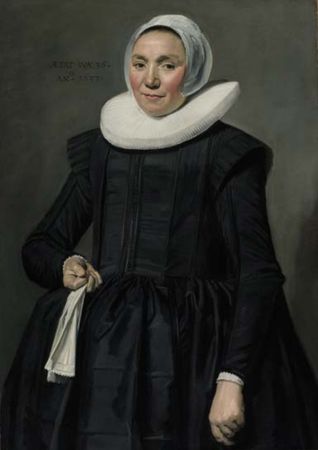
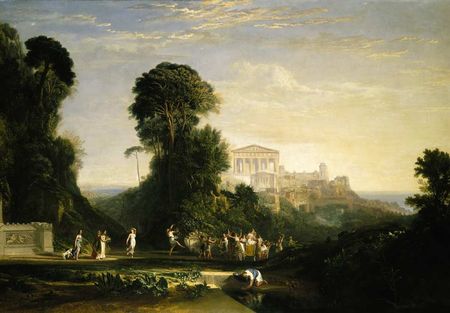


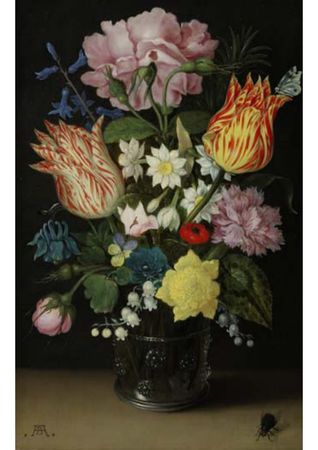
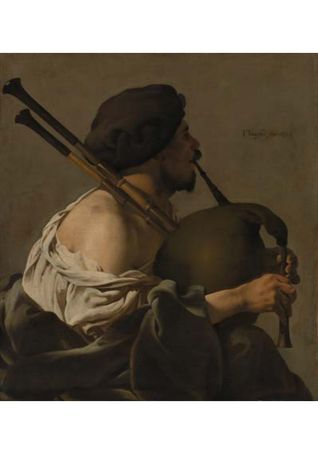


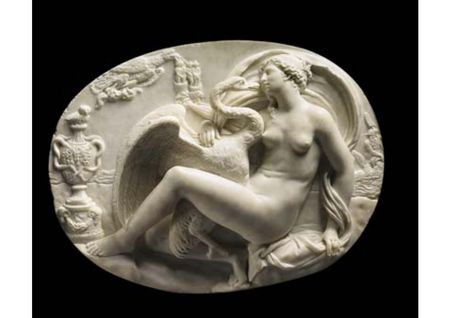
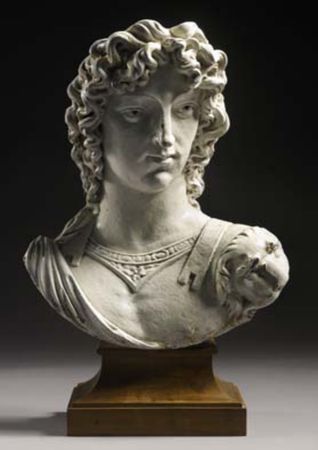


/http%3A%2F%2Fstorage.canalblog.com%2F48%2F67%2F119589%2F95366220_o.jpg)
/http%3A%2F%2Fstorage.canalblog.com%2F02%2F08%2F577050%2F39979083_p.jpg)
/http%3A%2F%2Fstorage.canalblog.com%2F00%2F76%2F119589%2F35251105_o.jpg)
/http%3A%2F%2Fstorage.canalblog.com%2F18%2F43%2F119589%2F35208738_o.jpg)